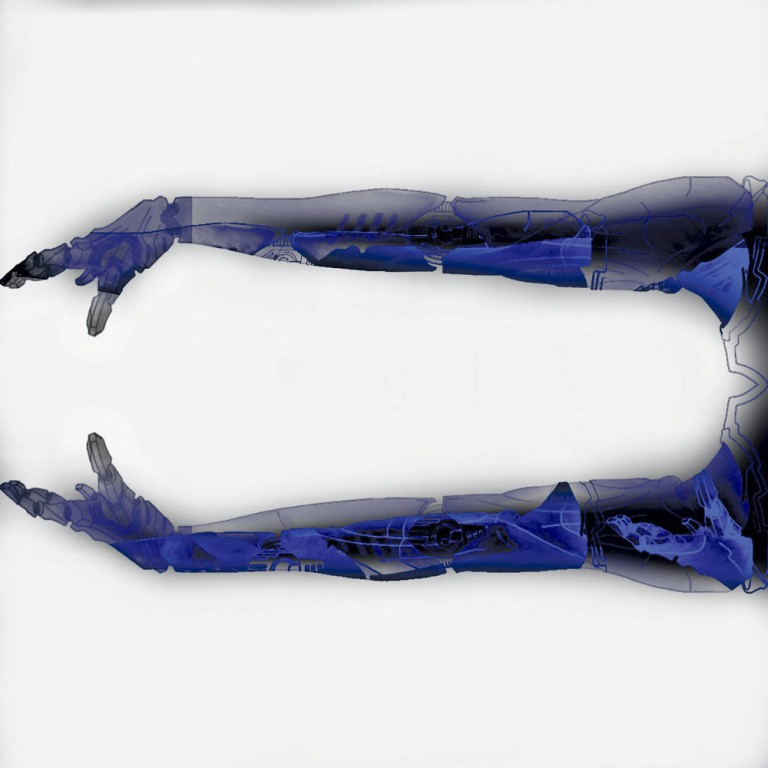
Rishika Kenkre
Staff Writer
The Applied Physics Laboratory at Johns Hopkins University has developed a futuristic artificial arm using a brain-mapping procedure for movement.
For this prosthetic arm to work, the various parts of the product had to be accurate. The researchers used electrodes to produce the brain recordings that are surgically planted in the brain. Scientists provided test subjects with a glove consisting of buzzers for each finger and took note of the electrical activity of the brain during each finger connection. Then, researchers turned on the artificial limb and asked the subject to think about moving each finger individually. The brain’s activity produced movement in fingers and allowed researchers to look at electrical brain activity involved in a tactile sense.
“The electrodes used to measure brain activity in this study gave us better resolution of a large region of cortex than anything we’ve used before and allowed for more precise spatial mapping in the brain,” Guy Hotson, graduate student and lead author of the study, said. “This precision is what allowed us to separate the control of individual fingers.”
“This technology goes beyond available prostheses, in which the artificial digits, or fingers, moved as a single unit to make a grabbing motion, like one used to grip a tennis ball,” Dr. Nathan Crone, professor of neurology at the Johns Hopkins University School of Medicine, said, according to The Record.
Without training, the prosthetic arm reached 76 percent accuracy. Once the ring and pinkie finger were put together, the accuracy increased to 88 percent. Through the use of Thalmic Labs technology that developed the Mylo Bands, the researchers invented this artificial arm.
“The part of the brain that controls the pinkie and ring fingers overlaps, and most people move the two fingers together,” Crone said.
In the test subject, John Matheny, doctors found cancer in his left arm. As a result, they amputated his arm. Matheny has used various prosthetic limbs, but they did not work effectively. Fortunately, this new piece of technology has allowed him to use the mechanical hand in the end of his arm.
Although this type of technology in Mylo that used electromyography was in prosthetics before, the doctors also placed electrodes in the body or put a gel that conducts electricity. Once Thalamic had shared the information with others, developers had the ability to create new advancements using this technology.
Interestingly, the armband can be connected to smartphones, converting them to hands-free systems while driving; surgeons can use it to move their equipment during operations and DJs have the ability to control music with it.
“It has been interesting to see how the whole thing evolved by itself, outside of our offices,” Stephen Lake, Thalmic’s chief executive officer and co-founder, said in an interview with Daily Mail U.K.
Still, with patients missing an artificial limb, some issues arise. This form of advanced technology is not only costly but requires more steps. It is difficult to get the whole picture of the brain activity with this artificial limb.
Although the prosthetic arm requires more steps to better it, it is still an effective piece of technology. One day, those without limbs will be able to have autonomy over their limbs. Research done with the Amputee Coalition found that most with missing limbs can potentially be helped from this technology.










